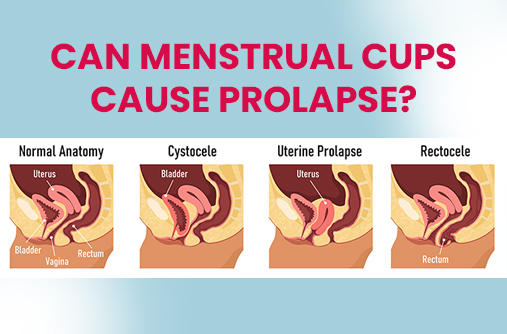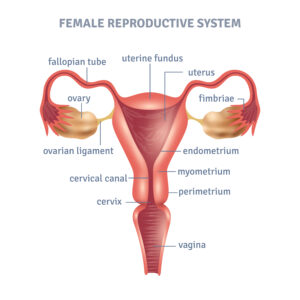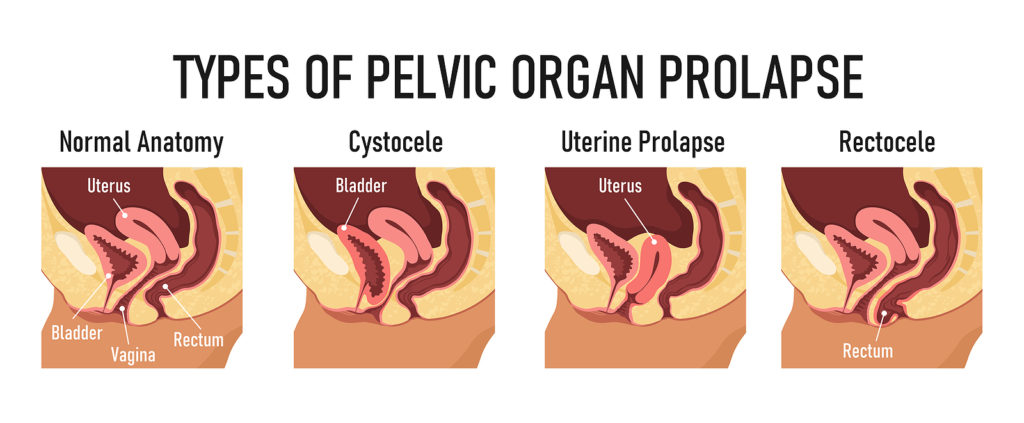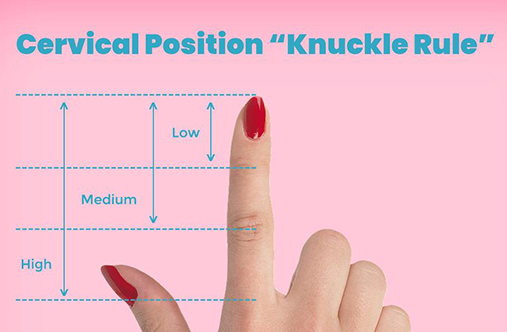Pelvic Organ Prolapse: Can A Menstrual Cup Cause Prolapse?
To know if menstrual cups cause prolapse, we need to understand:
Q. What is prolapse?
Prolapse is a disorder that can cause bulging or falling out of an organ or a body part. This may happen due to weakened supportive tissues.
Pelvic organ prolapse is a condition that can affect many women. It may be named in different ways depending on the organ that is affected. These are some of the types of prolapse that may occur.
- Cystocele prolapse – prolapse of bladder.
- Rectocele prolapse – prolapse of rectum.
- Uterine prolapse – prolapse of uterus.
- Urethrocele prolapse – prolapse of urethra.
- Vaginal vault prolapse – prolapse of vagina.
Q. Why does pelvic organ prolapse occur?
The pelvic floor is a group of muscles that keep the pelvic organs in place. When these muscles and tissues weaken, they can cause pelvic organ prolapse. According to an article on WebMD, anything that puts increased pressure in the abdomen can lead to pelvic organ prolapse. Some of the common causes that were mentioned in the article are as follows:
- Pregnancy, labor and childbirth
- Obesity
- Respiratory problems with chronic cough
- Constipation
- Pelvic organ cancers
- Surgical removal of the uterus
- Genetics
The symptoms of pelvic organ prolapse may vary with each case. Some women may not notice anything at all. Others might experience pain or pressure in the pelvic region, spotting from the vagina, constipation, urinary problems among other symptoms. If you do suspect that you may be experiencing a prolapse, please consult your doctor immediately. Mild cases may be treatable with exercises, but severe cases may require other treatments like providing support with mechanical devices or surgery.
Q. Can menstrual cups cause prolapse?
An article published by the BBC in March 2020, suggested that the incorrect use of menstrual cups can also cause pelvic organ prolapse. It mentioned that bearing down on the cup using the pelvic floor muscles in order to bring it within the reach of the fingers is not good for the pelvic floor. This article has left many women sceptical about using the cup.
Currently, there is not enough research to confirm a direct correlation between prolapse and menstrual cup use.
However, some incorrect practices may cause the pelvic floor muscles to weaken over time. This can be avoided by understanding and using the menstrual cup in the right way. Here are some practices that cup users can follow in order to avoid straining their pelvic floor muscles.
-
- Choose the right size cup. Before buying a menstrual cup, make sure to measure your cervix length. If you have a high cervix, you should be using a long size cup. This will make sure that it isn’t too difficult to reach the cup when you are trying to remove it. On the other hand, if you have a low cervix, you should be using a shorter cup. A long size cup in that case might apply pressure on the cervix, which can cause strain. Check out this video to know how you can measure your cervix length.
- Always break the seal of the cup by pinching its base or body before removing it. Do not use your pelvic muscles to push down the cup. Doing so on a regular basis can weaken the muscles.
- If the cup doesn’t seem to be within reach, try going into a deep squat position. This will naturally bring the cup lower to make the removal easier.
- Stay calm and relaxed, because being stressed can cause the muscles to tense up which may make it slightly difficult to remove the cup.
- Always use a menstrual cup of good quality and stay clear of cheap alternatives in the market which may compromise on quality.
- If your pelvic floor muscles are already weak due to reasons like pregnancy, obesity, chronic cough, chronic constipation, etc., using a menstrual cup may worsen the situation. If you have reason to believe that you may have a weak pelvic floor, consult your doctor to find out if the cup is the right choice for you. If you are unable to use a cup, worry not! There are many other sustainable period products that you can consider. Check out cloth pads, period panties and more on the SochGreen shop!
If you are a cup user or if you are considering switching to it, just make sure you are familiar with the right way to use it! Several women all over the world use menstrual cups without facing any issues. They are comfortable and environmentally sustainable. They are also cheaper in the long run compared to disposable menstrual products. If you have any questions related to period products or menstrual health, please reach out to us and we’d be happy to help!
Disclaimer: Information provided on this blog is for generic purpose only and should not be considered as professional and/or medical advice.







